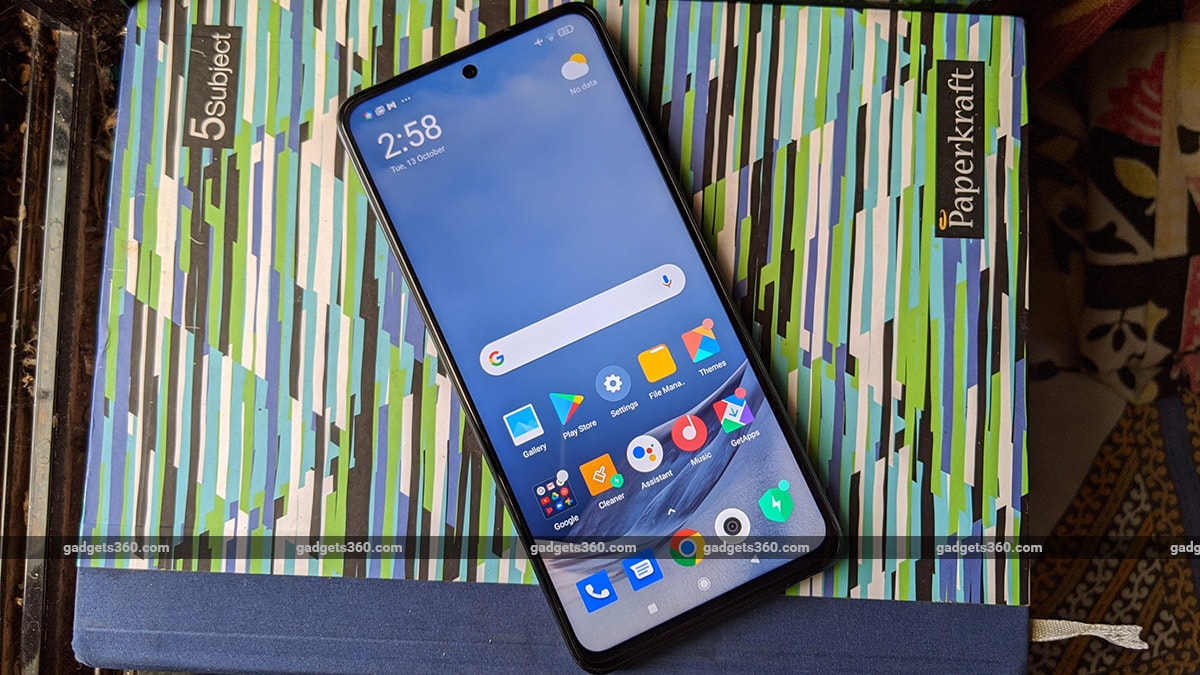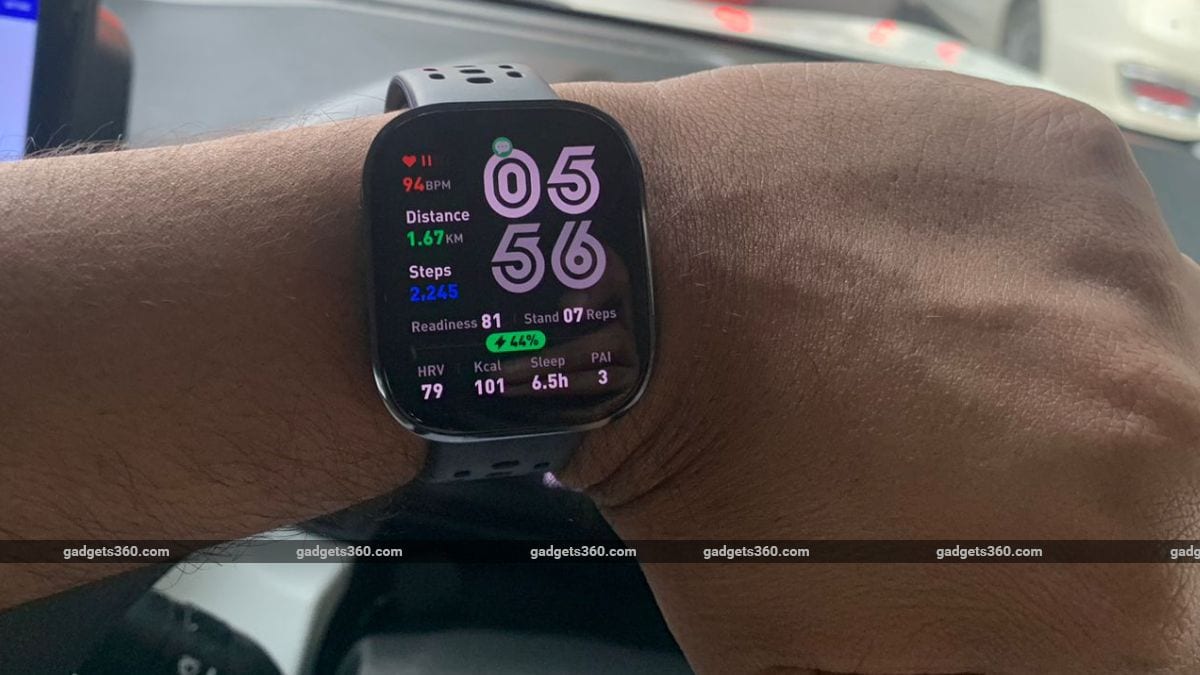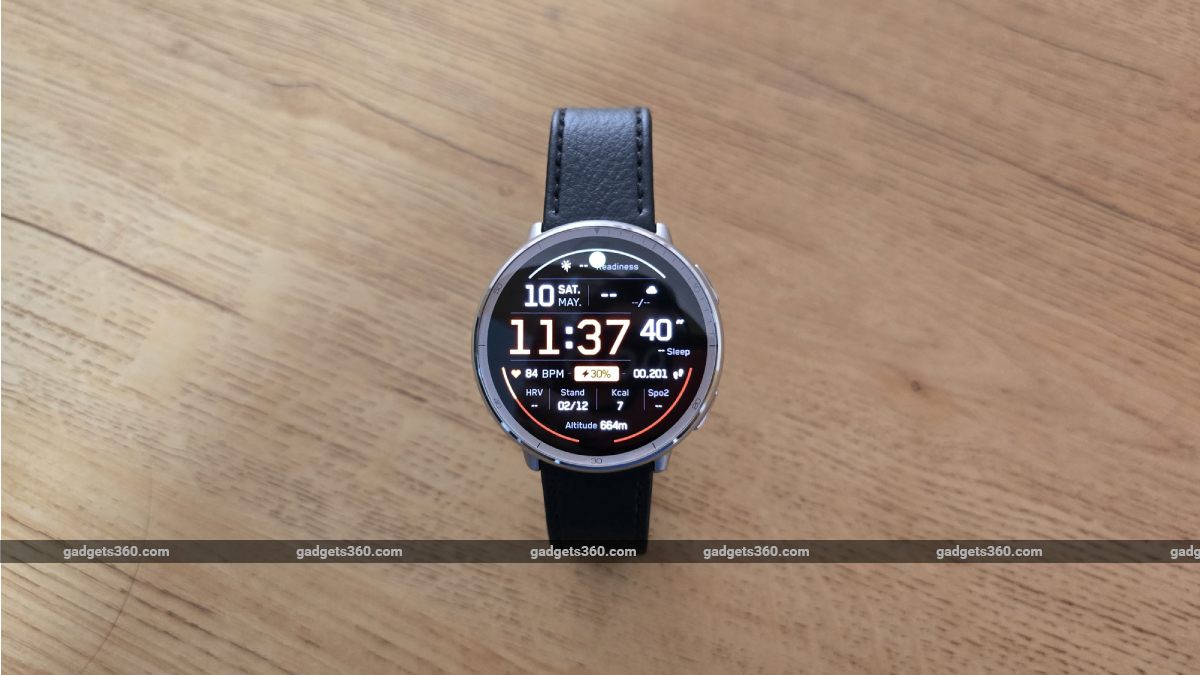Poco X3 Review in Hindi, Poco X3 Review

Poco X3 design
Poco X3 The company has chosen a new design and it does not look like any existing Redmi model. Poco X2 (Review) In comparison, the new X3 gets a single selfie camera, which is located at the top center of the smartphone. Poco hasn’t changed anything in terms of the display though and you still get a 6.67-inch panel with a 120Hz refresh rate. High refresh rates are gradually becoming common in the affordable segment and if you play a lot of games on your smartphone, then this is also a benefit for you. There are thin bezels around the display, but the camera hole may be a bit distracting for some people.
As soon as you pick up the device, you will notice that it is heavy. This smartphone weighs 225 grams Samsung Galaxy M51 (Review), which comes equipped with a larger 7,000mAh battery. The weight of the Poco X3 is well balanced and the phone is unlikely to fall out of your hands. However, after using the device for a while, you may feel tired in your hands.
Poco X3 specifications
Poco X2 was launched about seven months ago and has made a good mark in its segment due to its specifications. Poco hasn’t changed much in the new phone; You still get a large full-HD+ display with a 120Hz refresh rate. The panel also has a 240Hz touch sampling rate.
The phone is powered by the new Snapdragon 732G processor, which is similar to the Snapdragon 730G in terms of architecture, but comes with slight differences in the number of CPU cores as well as the GPU. As a result, it gets better performance. Poco The price of these three is Rs 16,999, Rs 18,999 and Rs 19,999 respectively. This review is of the mid variant of the phone.
While the international variant of the Poco X3 gets NFC, the Indian variant comes with a larger battery. We get a 6,000mAh battery, which supports 33W fast charging. The Poco X3 also has stereo speakers and the smartphone comes with IP53 dust and water resistant rating.
Poco X3 has been launched with MIUI 12 based on Android 10. Our unit was running the September Android security patch. The X3 comes with a number of bloatware apps and games pre-installed and we would suggest you remove these if you don’t need them.
Poco X3 performance
The Poco X3 has enough hardware to deliver good performance and we did not face any issues while using it. The X3 was fast at loading apps and games and it handled multitasking very easily. We enjoyed watching videos on the Poco X3, as the display has good viewing angles and the stereo speakers enhance the experience. The side-mounted fingerprint scanner is fast and uses face unlock to recognize the face, which is just as fast as the physical scanner.
We played Call of Duty: Mobile and Among Us on the Poco X3 and the device did not show any lag. The screen refresh rate was set to 120Hz by default and we didn’t change it while playing the game. Call of Duty: Mobile ran smoothly on high settings without any issues. We played the game for 25 minutes and the smartphone’s battery dropped by 7 percent. The phone did get a little hot to touch after gaming.
Battery life is good and the Poco X3 gives you a backup of up to a day without any issues. The phone lasted 18 hours, 31 minutes in our HD video loop test, which is quite good. There is support for fast charging and a 33W charger is available inside the box. Using this, the battery was charged up to 57 percent in 30 minutes and up to 92 percent in an hour.
Poco X3 cameras
The Poco There is a depth sensor. There is a 20 megapixel selfie camera in the front. The camera app is easy to use and has several shooting modes to choose from.
There are quick toggles for HDR as well as AI, giving you the option to fine-tune camera features while shooting. The camera UI has changed in MIUI 12 and is now easier to use. There’s a new Vlog mode, which adds background music and video effects while shooting. This is completely new and a very useful feature for those who upload videos on social media.
The Poco X3 adds watermarks to photos by default, so make sure to turn off this option in the camera settings before taking a photo. Its 64-megapixel primary camera takes 16-megapixel photos by default. Photos shot using the primary camera in daylight had good detail and even text at a distance came out clearly. However, the camera aggressively suppresses blacks, resulting in less detail in the shadows. Switching to a wide-angle camera provides a larger field of view, but at a loss in detail. The wide-angle camera also produced slightly different color tones, which was clearly visible in the output.
Close-ups were good and the Poco X3 separated the subject and background well. It also adds depth to the background nicely. Edge detection in portraits was good and the X3 even gives you the option to set the level of blur before taking the shot. The macro camera is limited to 2-megapixel resolution and lets you get close to the subject, but the output was average.
Low-light camera performance was average. Photos taken in the default mode were soft and had a watercolor effect. Enabling Night Mode made a noticeable difference to the output – photos were sharper and had better details. However, it takes 3-4 seconds to take a shot in night mode. The wide-angle camera is not good for shooting in low-light as it could not capture as much light as the primary sensor.
Daylight selfies were decent and you have the option to take portrait shots using the selfie shooter. The AI does not detect faces with masks and does not blur the background in such cases. Selfies shot in low light were average, but this phone does let you use night mode for selfies.
Verdict
Poco X3 is an upgrade to Poco X2 and it brings some upgrades. It does everything a little better than the Poco X2. It gives better performance and the larger battery helps it last longer. However, it is much heavier than its predecessor. If you were thinking of buying the Poco Realme 7 Pro (Review) is another suitable option, which you can buy at the same price.


